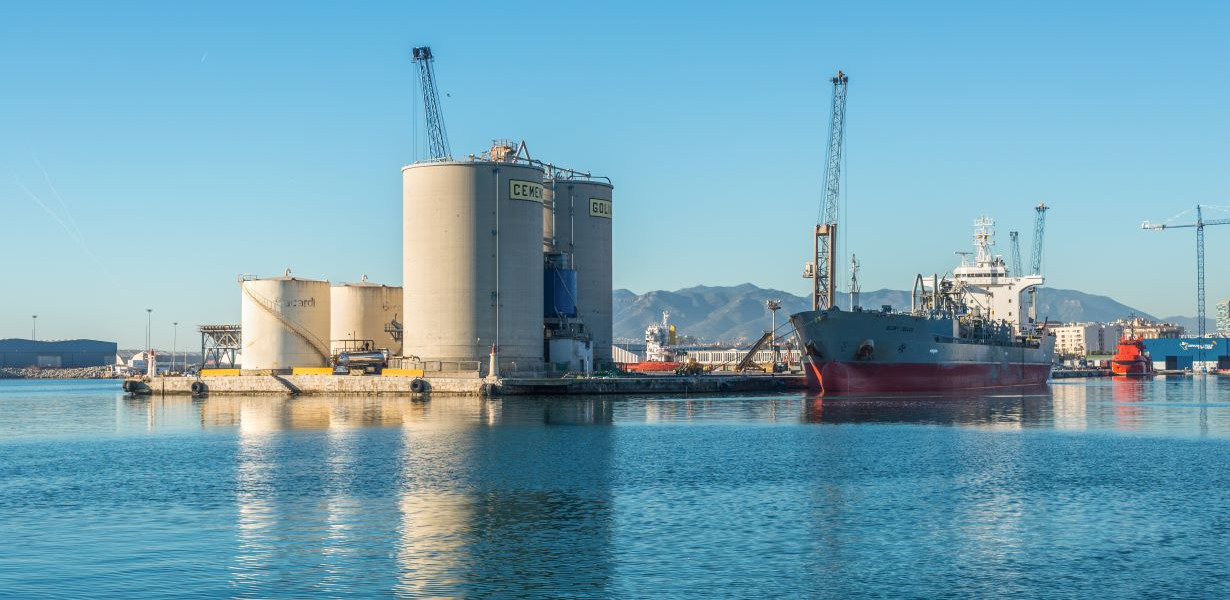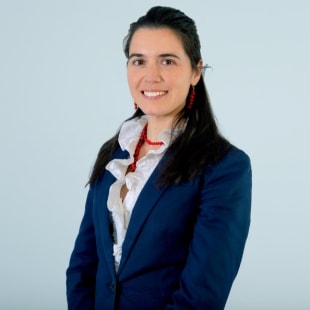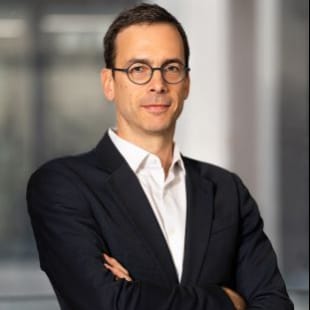Accelerating the decarbonisation of the economy
"To achieve carbon neutrality, we first need to review our production and consumption of energy by systematically integrating the environmental and social impacts," explains Tilly Undi. In recent years, numerous technologies have emerged to offer solutions to reduce the impact of greenhouse gases, and in particular, carbon dioxide (CO₂).
Although CO₂ is a naturally occurring gas in the atmosphere, CO₂ concentration has increased in recent years. This increase is largely due to human activities, most notably the use of fossil fuels, certain industrial activities, and deforestation. According to our expert, "reducing CO₂ emissions is essential to limiting global warming and aligning with the Paris Agreement." BNP Paribas, which publishes its own credit portfolio alignment data each year, supports its clients in their decarbonisation and energy transition efforts. As of September 30, 2024, 76% of BNP Paribas' stock of energy financing is dedicated to low carbon, with the objective of reaching 90% by 2030."
This is the case for 'hard to abate industries' which may have 'residual' emissions, i.e. emissions that persist even after implementing energy efficiency measures or even replacing fossil fuels with renewable energy as far as reasonably practicable. Hard to abate industries include, among others, cement, steel, the petrochemical industry, and the waste management sector. They require even more support to decarbonise," Tilly Undi explains. “Among the main solutions available to address CO₂ emissions, carbon capture and storage (CCS) technology makes it possible to recover CO₂ at the production site before it reaches the atmosphere and permanently store it underground.”
CCS, a key technology to help the most emitting sectors reduce their carbon footprint
How does CCS work and what are the most notable CCS projects to date?
"The carbon capture and storage (CCS) technique consists of capturing CO₂ during its production on an industrial site. It is then transported to a geological reservoir located several kilometers underground where it is permanently stored. The actors in charge of CO₂ sequestration must be able to guarantee the proper injection and dissolution (or mineralisation) of CO₂, as well as the absence of migration and leakage of the greenhouse gas over several decades, in accordance with a monitoring, reporting, and verification program," explains Tilly Undi.
"These techniques have existed for a very long time in the oil industry. As CO₂ is very corrosive, it was important to treat it so that it wouldn't damage the oil and gas infrastructure," explains Etienne Didier, who has been part of the Low-Carbon Transition Group (LCTG) since its creation in 2021. With its network of 250 expert bankers, the LCTG advises BNP Paribas' corporate clients – key accounts, start-ups, and institutional investors – in their transition to carbon neutrality.
Regarding CCS, "more than 600 projects are currently under development around the world,” notes Tilly Undi. “They represent a capture capacity of over 400 million tonnes of CO₂ per year. But today, only 45 CCS projects are operational, with a capture capacity of around 50 million tonnes of CO₂ per year. There is real potential in the years to come."
BNP Paribas acts as an advisor and funder of numerous CCS projects
"We want to be active across the entire value chain, advising the issuer, as well as the various infrastructures: the offshore pipeline, the port, and the storage zone,” explains Etienne Didier. “There are many infrastructures that need to be developed, which require a significant amount of investment capital. Depending on the projects and their position in the value chain, players will need debt or equity, or both, or even advice in the context of mergers and acquisitions." As such, the LCTG has advised the Aramis CO₂ transport project in the Netherlands, which aims to get a final investment decision in 2026 and start operations in 2029.
The Group has also entered into financing the first CCS project in the United Kingdom with its Northern Endurance Partnership (NEP) in the North Sea. Construction of the infrastructure – the onshore CO₂ collection network, compression facilities, and a pipeline to an underground offshore storage area – began this year, and the first CO₂ storage is planned for 2028.
For Etienne Didier, there is one key takeaway: "A large part of the cost of the entire value chain is linked to capture, which requires a lot of energy. While most projects benefit from the clout of large energy companies, we also support smaller actors in the sector that are conducting research and launching pilots to help them secure alternative options for raising capital.
The limitations of CCS technology
CCS technology still has limitations in terms of its economic viability, resources, and social acceptability, explains Tilly Undi: "The cost can be a barrier to the deployment of CCS, especially as long as there is no sufficient carbon price to justify investments in this sector or a positive valuation of products with a reduced carbon footprint. Today, most of the CCS projects deployed are partially funded through subsidies. Moreover, the number of available geological reservoirs suitable for CO₂ storage is currently limited, compared to the needs indicated by the IPCC and the IEA. Sometimes, CCS projects can face criticisms, as CCS should not replace actions aiming firstly at avoiding, then at reducing CO₂ emissions. To manage CO₂ emissions, it is essential to respect this order: avoid, reduce, and, for residual emissions, assess if CCS can play a role."
To conclude, Tilly Undi highlights that "CCS is an efficient decarbonisation solution, but it's not suitable for all cases. When it is properly managed and there are no other viable decarbonisation solutions available, CCS can ultimately contribute to reaching carbon neutrality goals."
Other solutions exist to manage CO₂ emissions:
- Natural solutions, such as the creation, preservation, and restoration of natural carbon sinks (forests, mangroves, soil, peatlands, Ocean, etc.);
- Carbon capture and utilisation (CCU), which involves repurposing captured CO₂ in a circular approach;
- Direct air capture (DAC), which reduces the CO₂ already present in the atmosphere, by creating negative emissions that can offset residual and historical emissions;
- Lastly, bioenergy with carbon capture and storage (BECCS) which recovers the CO₂ resulting from the combustion of biomass and stores it in deep geological formations. Captured CO₂ results into negative emissions.
Discover the interview with Etienne Didier on CIB website:
The future of carbon capture and storage: strategies and challenge



